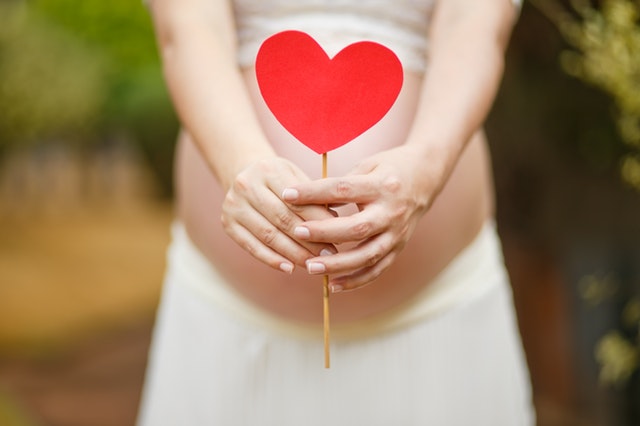Health Risks Associated With Breast Implants
In the US and around the world there are two main types of breast implants used by women for breast augmentation. This is the silicone gel and sterile saline implants. Both the two implants are made of silicone but the composition inside the implant is what differs among individuals’ choices. The saline implants, for instance, are filled with sterile or saline water, whereas the silicone teardrop breast implant is filled with silicone gel.
Silicone breast implants were first introduced to help in breast reconstruction before there were approved by the FDA to help in breast augmentation. During its initial phases in the 1980s, silicone breast implants became popular among many women. The most popular implant was the silicone gel implant, which was more preferred than the silicone sterile water. However, with its popularity came with adverse health risks. Silicone gel breast implant is not the only implant associated with adverse health risk, but also the sterile saline silicone implant.
Immunological disorders
For one, research linked the effects of silicone gel breast implant rupture to immunological disorders such as lupus, fibromyalgia, rheumatoid, and other immunological conditions. Some of the symptoms of the above disease were majorly observed when one had the silicone implants and once they were removed the symptoms were no longer observed.
Lymphoma and other rare conditions
Additionally, breast implants are linked to anaplastic large cell lymphoma which is a rare lymphoma type. This health risk was first brought to notice by the FDA in 2011, and subsequently few women who had undergone breast implant surgery have reported to have contracted the disease.
Moreover, in a study conducted by FDA among 100,000 individuals between years 2007-2010, it was revealed that women with silicone breast implants had a much higher risk of contracting rare diseases with extreme adverse outcomes such as rheumatoid arthritis, sjogren’s syndrome, and scleroderma. According to the research, the chance of women with implants acquiring any of these types of condition was eight times higher than women without breast implants.
Surgical Complications
Women with silicone gel implants have a higher chance of having adverse surgical complications compared to women with silicone sterile saline implants. This is because the silicone gel implant contributes to capsular contracture which is a process in which there is scarring in the implant. Similarly, conditions such as implant rupturing, and accumulations of fluids in the breast is likely to be experienced. Additionally, since breast implants are not a lifetime treatment there are several surgical procedures one must undergo in case of any complications observed such as:
- Draining hematoma this is carried out by inserting a tube and needle to drain excess blood collected in the breast.
- Cysts removal in which a minor surgery must be carried out to remove a lump in the breast.
- In case an implant was wrongly placed there will be need for a surgical incision to move the implant and place it rightfully.
Irreversibility
Once breast implants have been inserted in the breast tissue its effects are irreversible. This is because; the silicone implants alter the shape and position of the breast tissue. These effects are irreversible especially when one opts to remove the implants, the breast will be wrinkled or dimpled and the initial shape of your breast may not be achieved.
Other Conditions
There are other physical and psychological problems associated with breast implants. These conditions are rare and may be because of other factors accumulating. Such conditions include:
- Skin and breast cancer.
- Breast implants may cause stillbirth.
- Alcoholism, drug abuse, and suicidal thoughts due to psychological problems.
- Difficulties in breastfeeding since the implants prevent breast tissues from producing milk.
Breast implants are known to help in enhancing the aesthetic of an individual, especially a woman. When carried out properly, one is assured of improved physical appearance that improves self-esteem. However, when the surgery goes wrong, there are numerous complications that can be experienced which are life-threatening.





